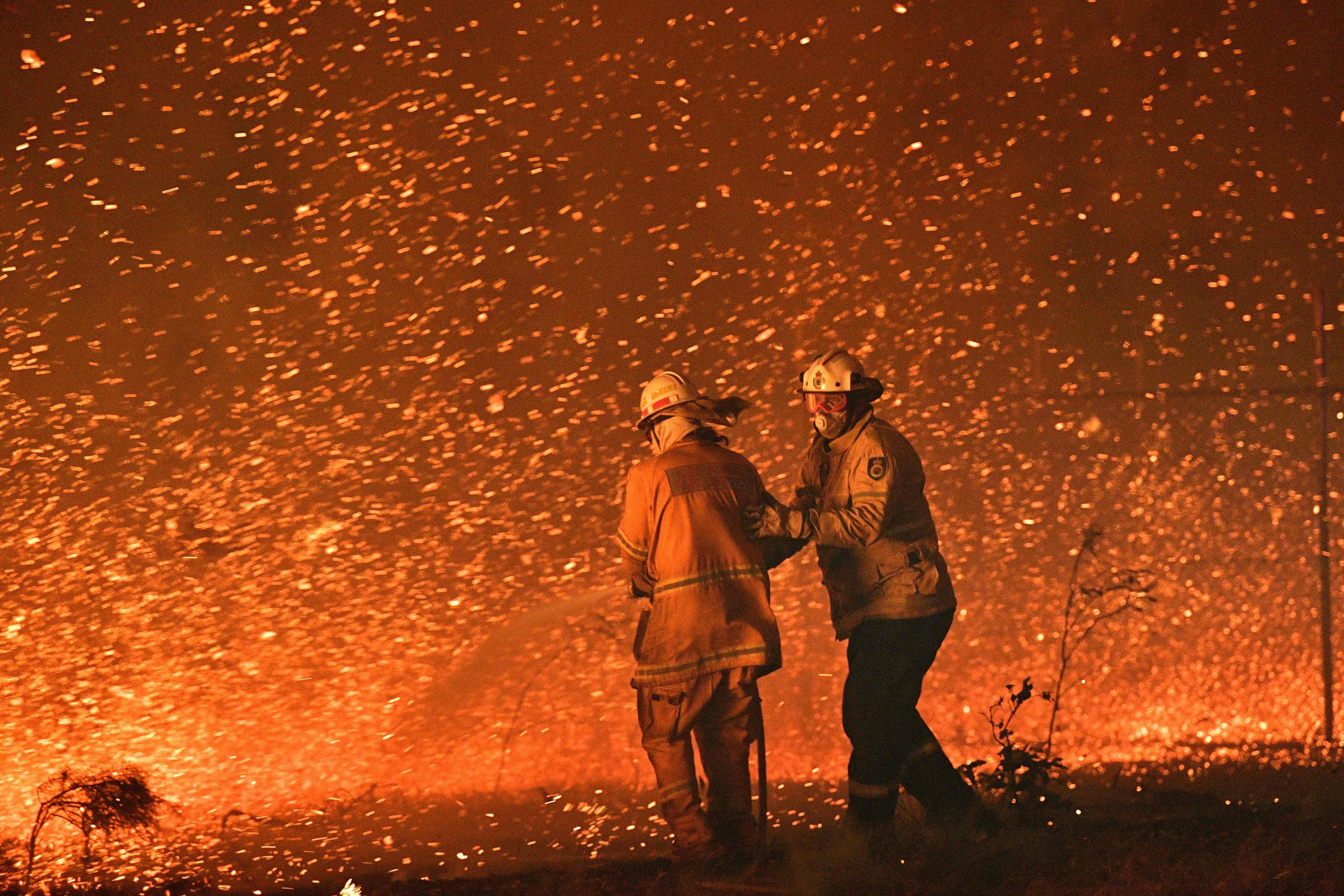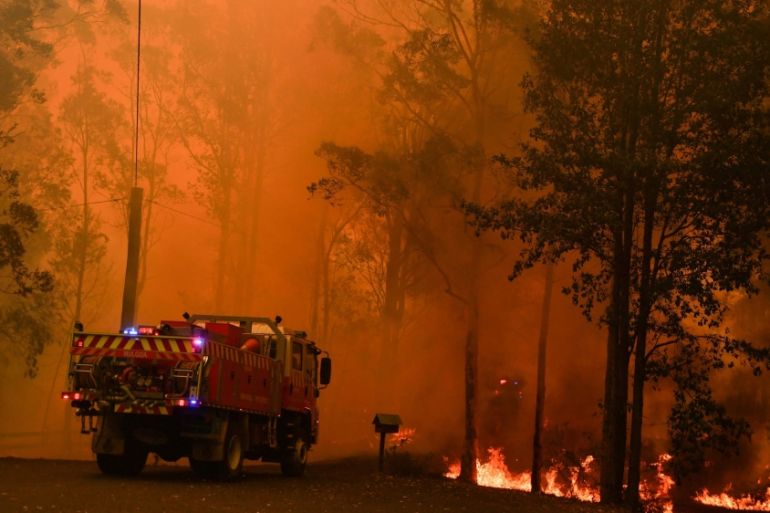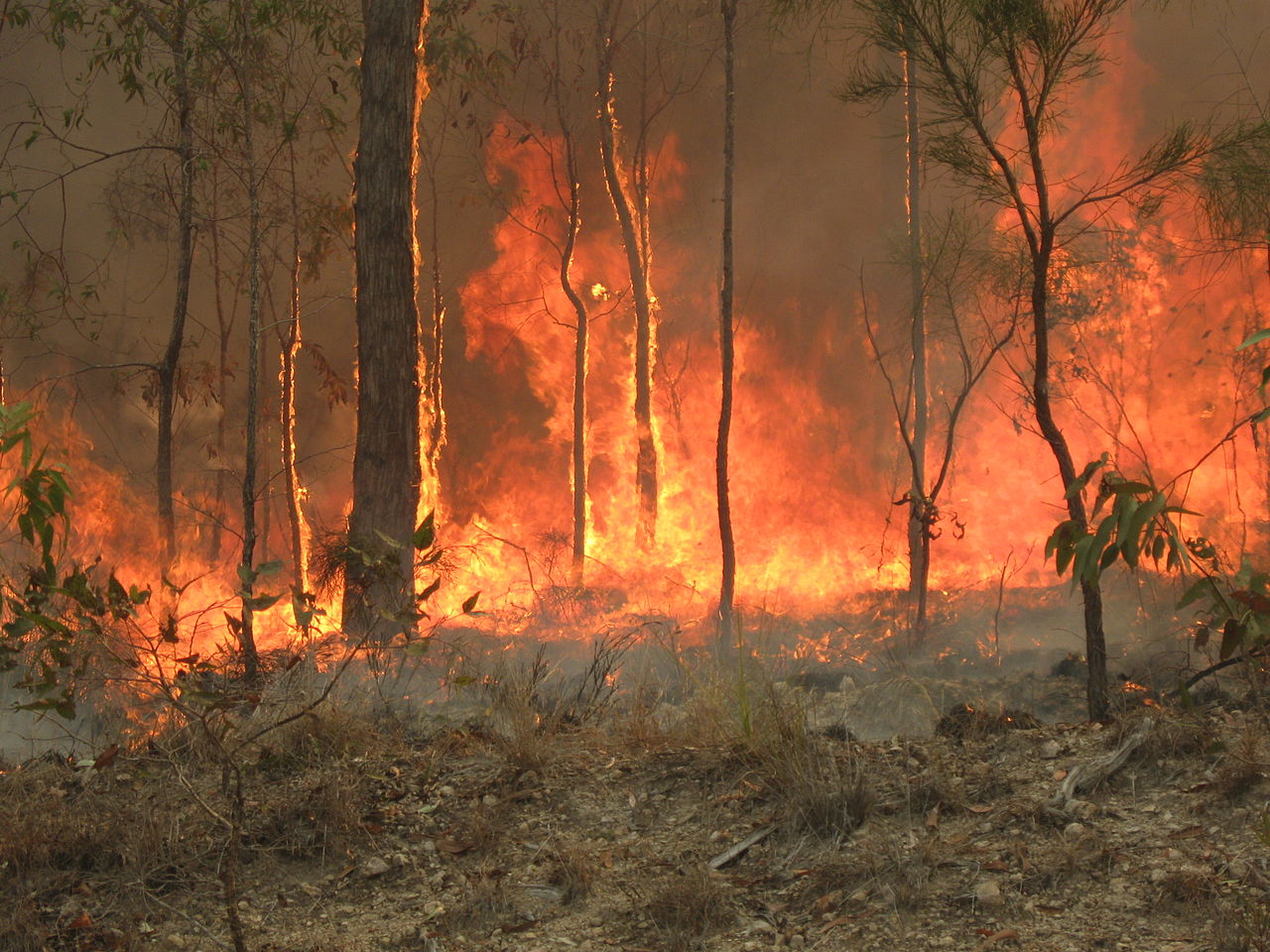Just How BAL Report Impacts Shrub Fire Defense Measures
In the world of bush fire defense, the Building Strike Level (BAL) report stands as a vital device that substantially influences the security and durability of properties in fire-prone locations - BAL Report. The impact of a BAL assessment prolongs much beyond mere documents; it works as the foundation for establishing the appropriate building requirements and fire defense measures required to reduce the threats posed by bushfires. As areas come to grips with increasingly severe fire periods, understanding exactly how the BAL report forms these protective steps becomes critical for policymakers, building contractors, and home owners alike
Understanding the Bushfire Attack Degree

Relevance of BAL Record Analysis

In Addition, the BAL record evaluation acts as a fundamental action in adhering to legal responsibilities and demands connected to bushfire defense. Neighborhood councils and authorities usually mandate the entry of a BAL record as component of the preparation and building approval process to guarantee that properties are effectively secured versus bushfire threats. Falling short to perform a thorough BAL record analysis can cause poor security steps, leaving buildings vulnerable to ruining bushfire cases.
Building Specifications Based Upon BAL
A thorough understanding of the Bushfire Strike Degree (BAL) makes it possible for residential property owners to execute building and construction requirements customized to their certain threat account. Building standards based on BAL are critical in minimizing the influence of bushfires on properties. The BAL score categorizes the potential threat a building deals with during a bushfire on a range from BAL-Low to BAL-FZ (Fire Area) Each BAL degree represents specific building and construction demands laid out in the Australian Standard AS3959-2018 Building of Structures in Bushfire-Prone Areas. As an example, buildings categorized as BAL-Low might only need standard steps such as getting rid of debris and preserving yards, while those in greater BAL categories require even more robust actions like cinder displays, fire-resistant products, and sealed windows. Complying with these building requirements not just enhances the structural strength of the home yet also enhances the overall security of homeowners throughout a bushfire event. Residential or commercial property owners should very carefully consider their BAL score and abide with the matching construction requirements to properly safeguard their homes and residents.
Applying Fire Protection Measures
With the structure of building and construction standards based on Bushfire Attack Level (BAL) in location, the emphasis now changes in the direction of the practical implementation of fire security actions to strengthen buildings versus bushfire hazards. Easy procedures include making use of fire-resistant structure products, mounting coal guards on vents, sealing voids in roofs over here and wall surfaces, and maintaining a clear room around the residential or commercial property free from flammable plant life. By incorporating both passive and active techniques, properties can significantly minimize their susceptability to bushfire events and increase the safety and security of residents.
Shielding Houses Versus Bushfires
Successfully securing homes versus the damaging influences of bushfires needs a thorough and proactive strategy to fire protection procedures. Home owners living in bushfire-prone locations should focus on the implementation of different approaches to enhance their residential or commercial property's durability against wildfires. One fundamental element is developing a defensible space around the home by preserving a clear area without combustible products. This includes on a regular basis cutting greenery, getting rid of dead plants, and ensuring a risk-free range in between frameworks and trees. Mounting fire-resistant roof materials can likewise significantly decrease the threat of ember attacks and direct flame contact. Furthermore, sealing vents and voids to prevent cinder invasion, in addition to integrating fireproof doors and home windows, can aid strengthen the home's protection versus bushfires. Buying a reliable water resource, such as a well-maintained sprinkler system or a committed water storage tank, is critical for providing water throughout fire emergency situations - BAL Report. By accepting a proactive position and integrating these protective measures, property owners can substantially raise their possibilities of guarding their homes versus bushfires.
Conclusion
In verdict, the Bushfire Strike Level (BAL) report plays an important function in determining the essential security actions against bushfires. Executing fire defense measures based on the BAL record is important in securing residential or commercial properties from possible bushfire hazards.
In assessing bushfire threat to residential or commercial Read Full Article properties, comprehending the Bushfire Strike Degree (BAL) is a critical component for carrying out effective protection steps. Generally, a clear understanding of the Bushfire Strike Level is necessary for applying ample defense actions and mitigating the impact of bushfires on buildings.
